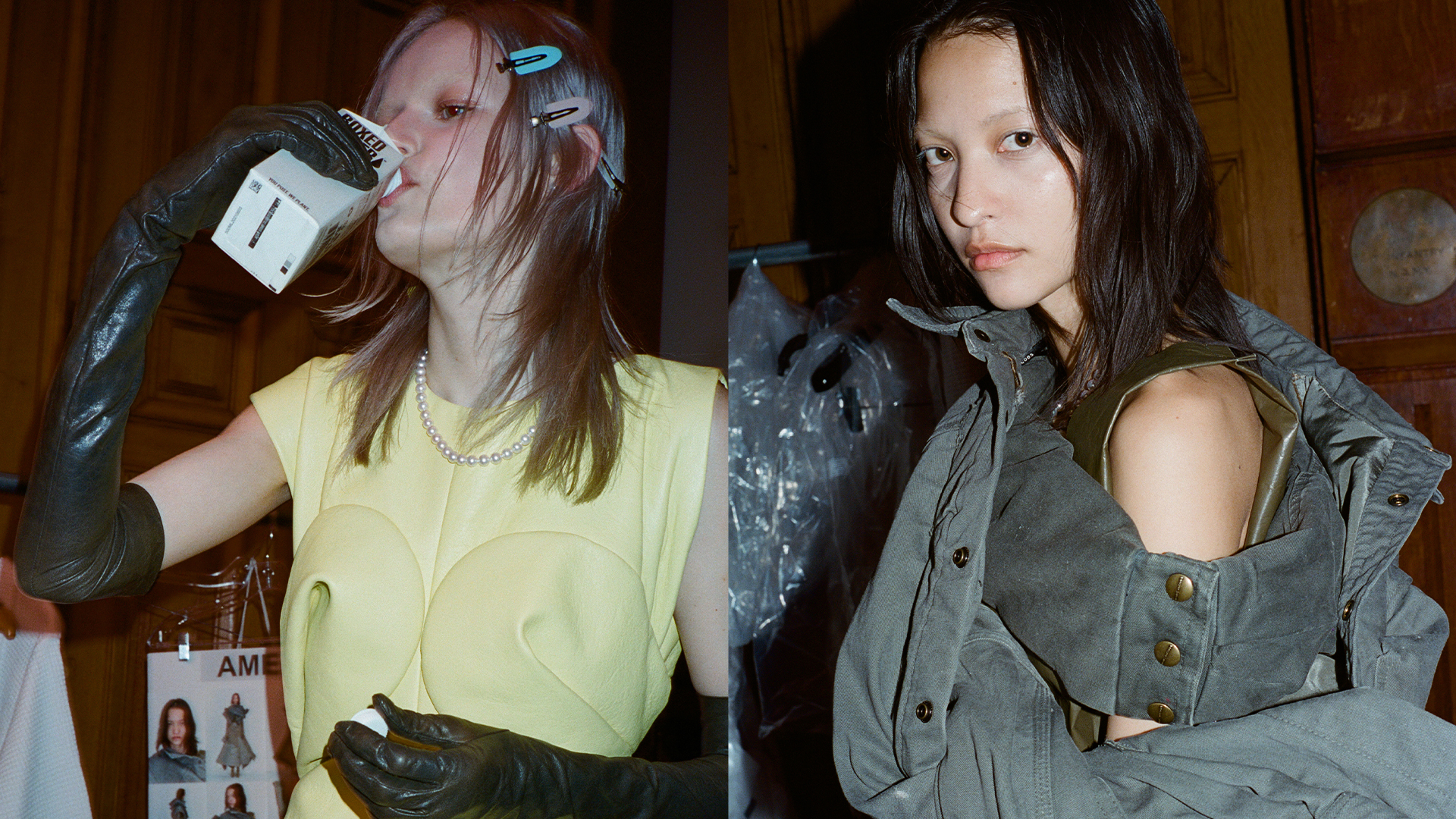When Marc Jacobs began creating his collection for AW23, it was already with Vivienne Westwood in mind: between his desire to evolve the corseted dresses with which he’d closed his previous show, and her name arising in a conversation he’d had with Andre Walker for i-D, she appeared somewhat omnipresent. A lifelong Westwood obsessive, the emergence of her name directed Marc towards exploring and celebrating his heroes in a collection which took on a new resonance with the news of Vivienne’s passing. So, from her remarkable ability to contort fabrics and histories in ways which expressed her outlook on the world, to her powerful role in Marc’s love for fashion, alongside the palette of artist Elizabeth Peyton and the operatics of Philip Glass, this collection offered Marc the opportunity to pay homage to those he admires through his own, distinct lens.
“With the turn of another season, in our endless search for value, importance and possibilities, it is through these collections that we continue our ever-expanding notions of beauty and craft,” Marc wrote in the notes that accompanied the show. “To all our heroes past, and young heroes present.” He closed with a quote of Vivienne’s: “Fashion is life-enhancing, and I think it’s a lovely, generous thing to do for other people.” Another lovely, generous thing to do: to openly discuss the meaning and motivations behind his respect for her and the inspirations behind his latest collection. Here, he does just that, alongside Mary Manning’s photographs taken on show day.
Subscribe to i-D NEWSFLASH. A weekly newsletter delivered to your inbox on Fridays.

Olivia Singer: So, your show: Heroes. In the letter you wrote to accompany it, you made very clear that Vivienne Westwood was one of yours, and that this collection was created partly in her honour. She was one of mine, too: she was the first fashion designer whose name I knew; the first expensive thing I bought…
Marc Jacobs: I think I came to Vivienne late in the game – I mean for me, when I was about sixteen or seventeen, and I knew other designers – but she was the first designer who really changed how I felt about clothes and what I wanted to wear.
Olivia: What were the first pieces of hers you wanted to wear?
Marc: I remember that, first, I wanted to buy something from Pirates, but there was no one in the US who sold it. I was friendly with some of the cool Brits who were living in New York, and they just were devoted; all they wore was Westwood – and I mean, from the beginning. Then it was Nostalgia of Mud when I really went crazy. My boyfriend brought me back some things from Nostalgia of Mud from the shop in London, and I lived in them. From that moment, I became so obsessed.
There was a guy in New York, one of the New York characters named Terry Doctor, and his wife was really from that Anna Piaggi school where you just dress up for everything. Terry started this thing where I would trade clothes in order to get what we called the “titty connector sweater”, or the shearling coat from Nostalgia of Mud that Richard Torry did. I really wore it every day: those crazy lace-up shoes; those pants with the springs and the leather straps. But I was not satiated, so I would always go back to Terry or whoever else saying, “I need to get clothes from Pirates,” or, “I need to get this top that Bow Wow Wow were wearing.”
Janero Palermo, who used to work at the Mudd Club, was head-to-toe Westwood all the time. He wanted this ruffled T-shirt that I had designed, and he traded me one of the squiggle print T-shirts for it because he had two of them. The feverish collecting that I did… I didn’t have a lot of money, but I was willing to do anything to get those clothes. I was obsessed. Obsessed. Even if I didn’t wear it, I had to have it. I just had to know that it was mine.
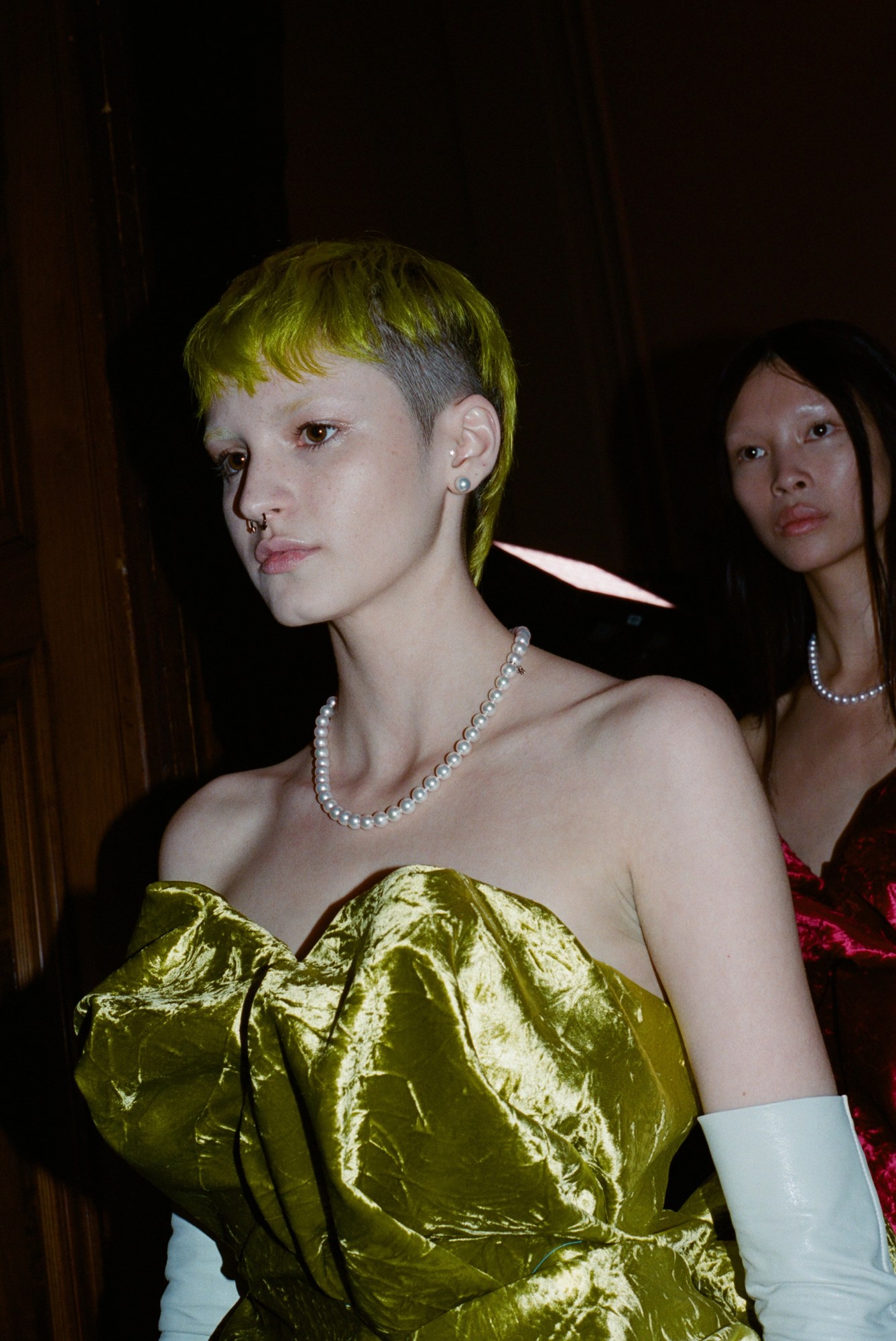
Olivia: What was it about Vivienne that struck you?
Marc: What wasn’t it? Anything that I knew about her, or had heard, or seen in the manifestation of aesthetics in her clothes, was just fascinating to me. I remember a pair of pants which had a seam down the back of the leg: they went in at the knee and then curved out at the back to give a very exaggerated silhouette from the side. By that point I knew the rules of what “proper” dressmaking, and that was one of the things that you don’t do: when you have a curved seam, you clip it to allow it to lay clean. But I remember reading about how Vivienne liked the tension, and that this line, this exaggerated silhouette it gave, came from the idea of a superhero. I just thought, oh my God, somebody really thinks about clothes and is actually really looking at imperfection as something beautiful, something that doesn’t need to be resolved.
Olivia: I often think about how interesting it must be for people who understand how to cut clothing to see how she subverted traditions of dressmaking. I can feel something of it when I wear it – because I think it’s so interesting as a woman to wear her clothes, and understand what they do to my body – but there’s something about understanding the technique which I’m envious of.
Marc: She had this incredible intelligence and a way of seeing the world. How she processed what she saw and felt was manifested in these clothes. Back in the days of punk and Sex and Seditionaries and all that, she was more vocal about what her purpose was, then as time went on, I think she became quite against the idea of talking about them.

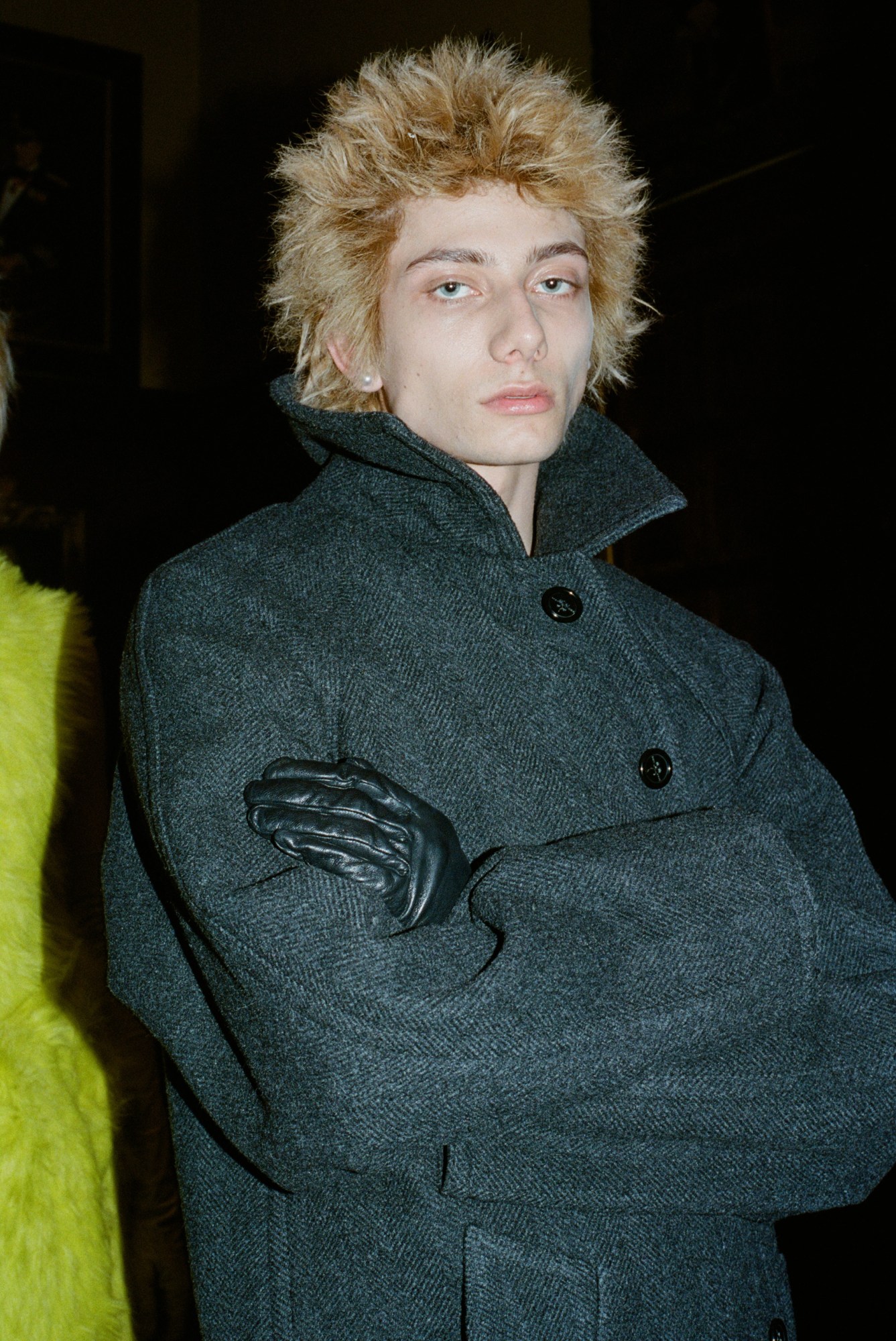
Olivia: And she was so fierce and strong in what she wanted to talk about and what she didn’t. I’ll never forget seeing her at an awards show, where they tried to play her off, and she refused. She just stayed, and they kept having to turn the music back down. She was amazing at claiming the space she deserved in the fashion industry and using it to communicate what she wanted to. I really respected that.
Marc: Yeah, I did too. It’s been so poignant with losing these different people – Karl, Azzedine, Vivienne – these exceptional creative voices in a field that we all love. It hurts and, for me, as I get older, it raises the idea of mortality. It’s like: I’m here to create. It doesn’t matter what other people think of it. We get a certain period of time to do that. When it’s done, it’s done.
Olivia: I loved seeing your collection in light of knowing how much you respect and admire Vivienne. It made me think, too, about pace and time. Your collections, as with hers, often connect me to a world that feels as though it has taken a minute to build: one which is laboured with thought and consideration. It’s often hard for people to maintain that within fashion as it stands now, when the expected output is so high and people are making so much, so quickly.
Marc: Like she said: buy better, buy less.
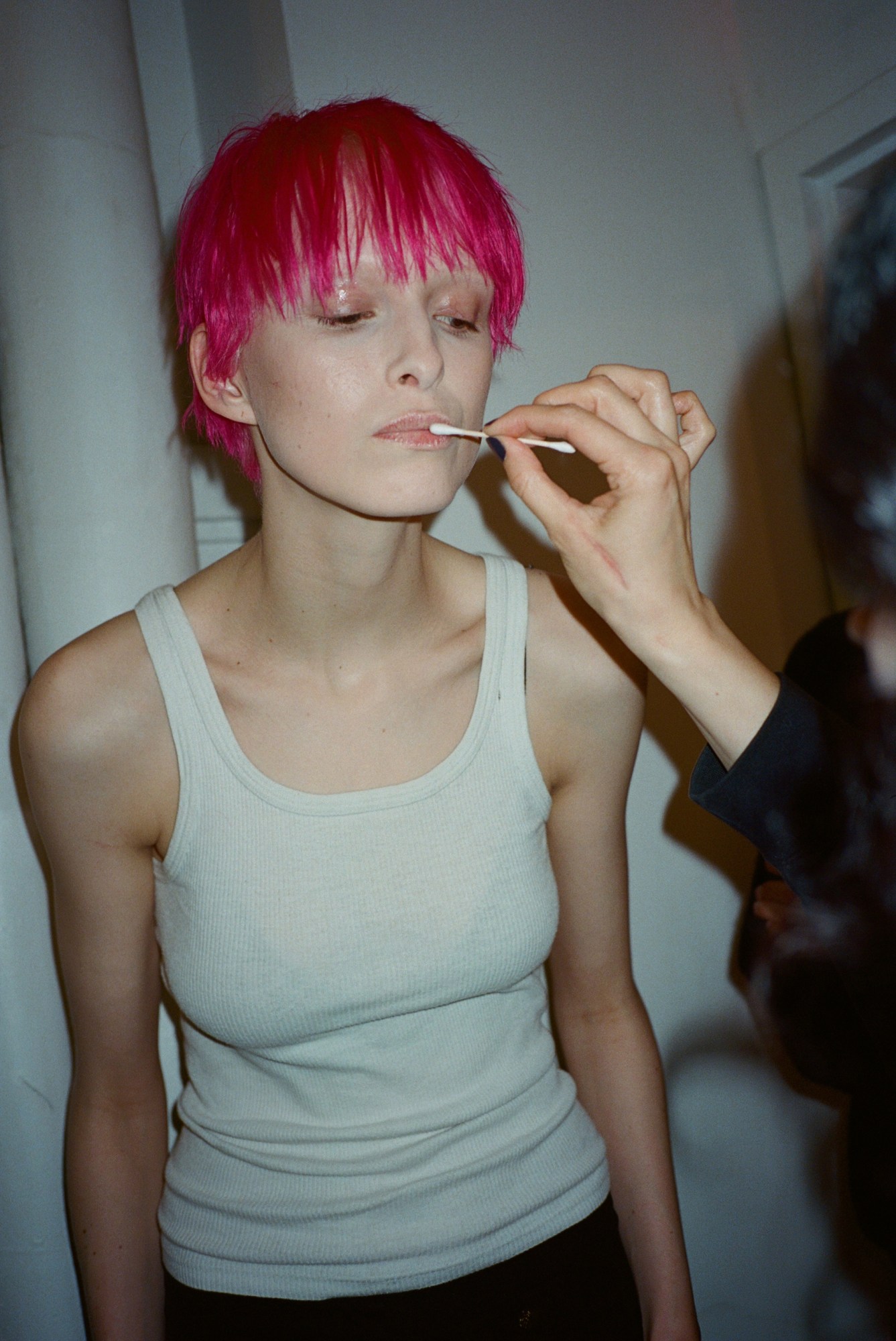
Olivia: She’s like an encyclopaedia of quotes. Because she thought about the world, and about history and culture more broadly.
Marc: Because she read! She read like crazy.
Olivia: And you could feel that in her clothes.
Marc: It’s interesting. I’m not at all comparing myself to her, I wouldn’t do that. But during our process of making these collections, it’s become more apparent to me than ever before that they’re autobiographical. They reflect what I’ve learned, what I’ve heard, what I’m experiencing, and what I feel in the five-month period that we’re putting them together, and then how my feelings affect the others on my team and how they respond to that and how their response affects me.
I do feel like one of the reasons people feel some emotional pull towards what I do is because there is a lot of emotion going into it. I don’t know how anybody else works, but I think that, when you have a lot to do, maybe you have less time to feel it because you just have to do it. There’s no shame in that, it’s just a different motivation.

Olivia: Absolutely. It’s a different way of operating, or having to operate, without the freedom that you talked about with your last collection. At what point in the process did you decide to make this collection in part a tribute to Vivienne? At what point did it evolve into that?
Marc: We were looking back at the collection before and thinking about what was worth looking at again. Part of that conversation was those tie-back dresses which were bunched up onto a corset base. Then, when I interviewed Andre Walker for i-D, he told me he saw Vivienne Westwood in that collection. “You’re absolutely right,” I said. There is always a bit of Comme, but I think that our approach to the last collection had much more to do with what I’ve learned from Vivienne. We put a little placeholder in, which was something we wanted to look at and keep, and that was before Vivienne died.
There were other things, too – like every day I was wearing a green cargo skirt from Balenciaga. I was living in it; I wouldn’t take it off. Like: “This is my new uniform. I’m not interested in any other clothes. I’m not wearing anything but this.” And so I felt very strongly about the fabrics that come from military clothes, and that colour palette. We talked a lot about whether that was appropriate – Joseph, who’s the head of women’s design, said, “I think we should be careful because we live in a world where war and destruction is very present, and I think it may be insensitive to use army clothes, to upcycle army clothes in that way.”
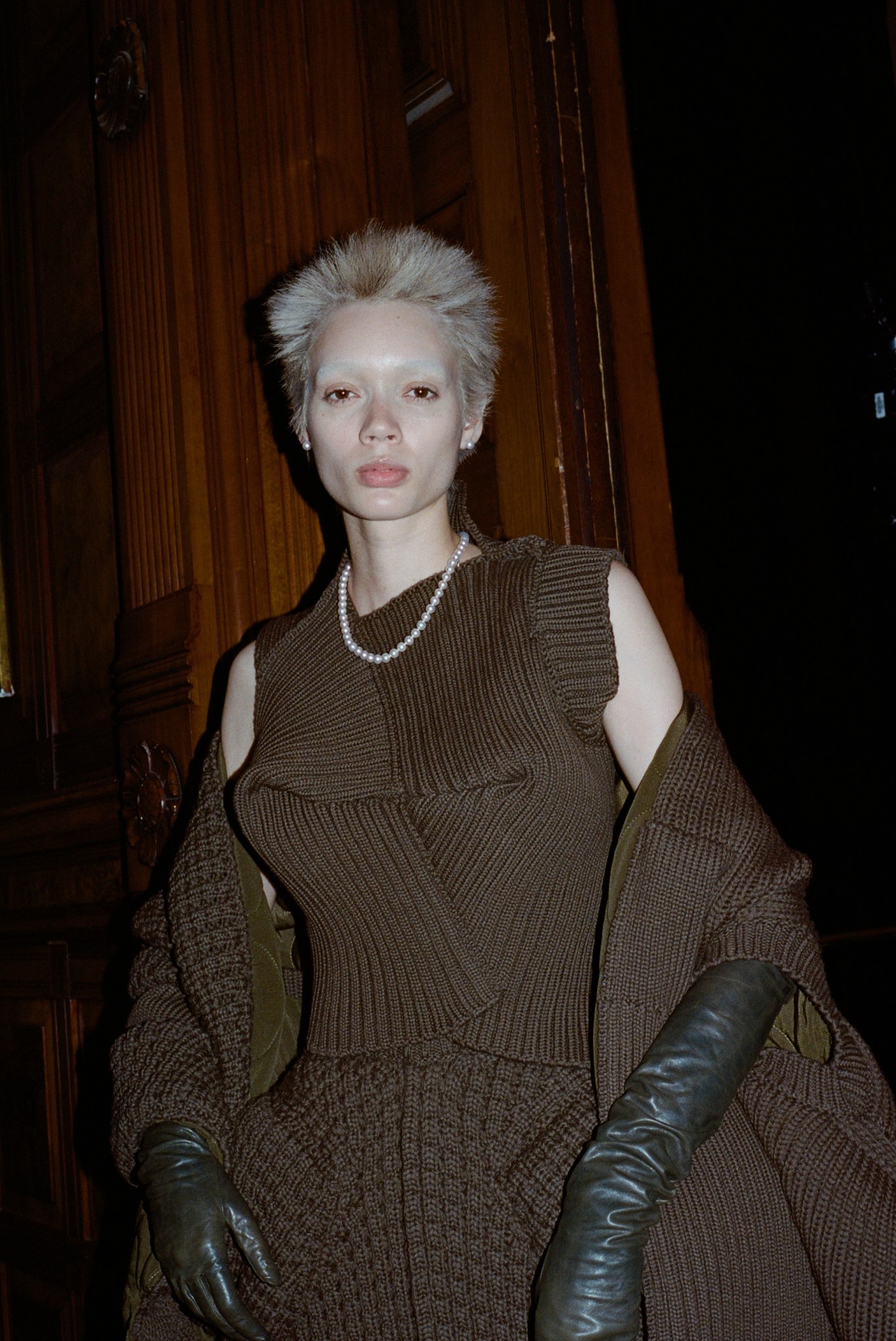
I went around the office, and I asked everybody their opinion, and then I thought about when young people started wearing army pants; it was in the 60s as a rebellion against the Vietnam War. I always think of Grace Slick in an army parka. But then I realised that, today, it means zero. There’s no meaning to it. They’re just cargo pants. It’s so crazy, this world we live in now, where people often aren’t interested in the history of something. My reaction was: how come I cared so much about knowing the meaning of things and knowing the importance of things or importance to the person who created them? I thought, well, that’s just what turns me on. That doesn’t make me better or worse. I just need to know. I think it’s exciting and seductive and interesting to find out where things come from, what makes people do them.
Olivia: Yeah, me too. It’s the stories. I like getting those avenues into people’s worlds. For me, it gives a different meaning to it. That’s where I find my interest. That’s what I love. That was what Vivienne was so phenomenal at. The history of meaning that was present in her clothes was so interesting.
Marc: I think it was someone else who said it, not her, but that she created style with substance.
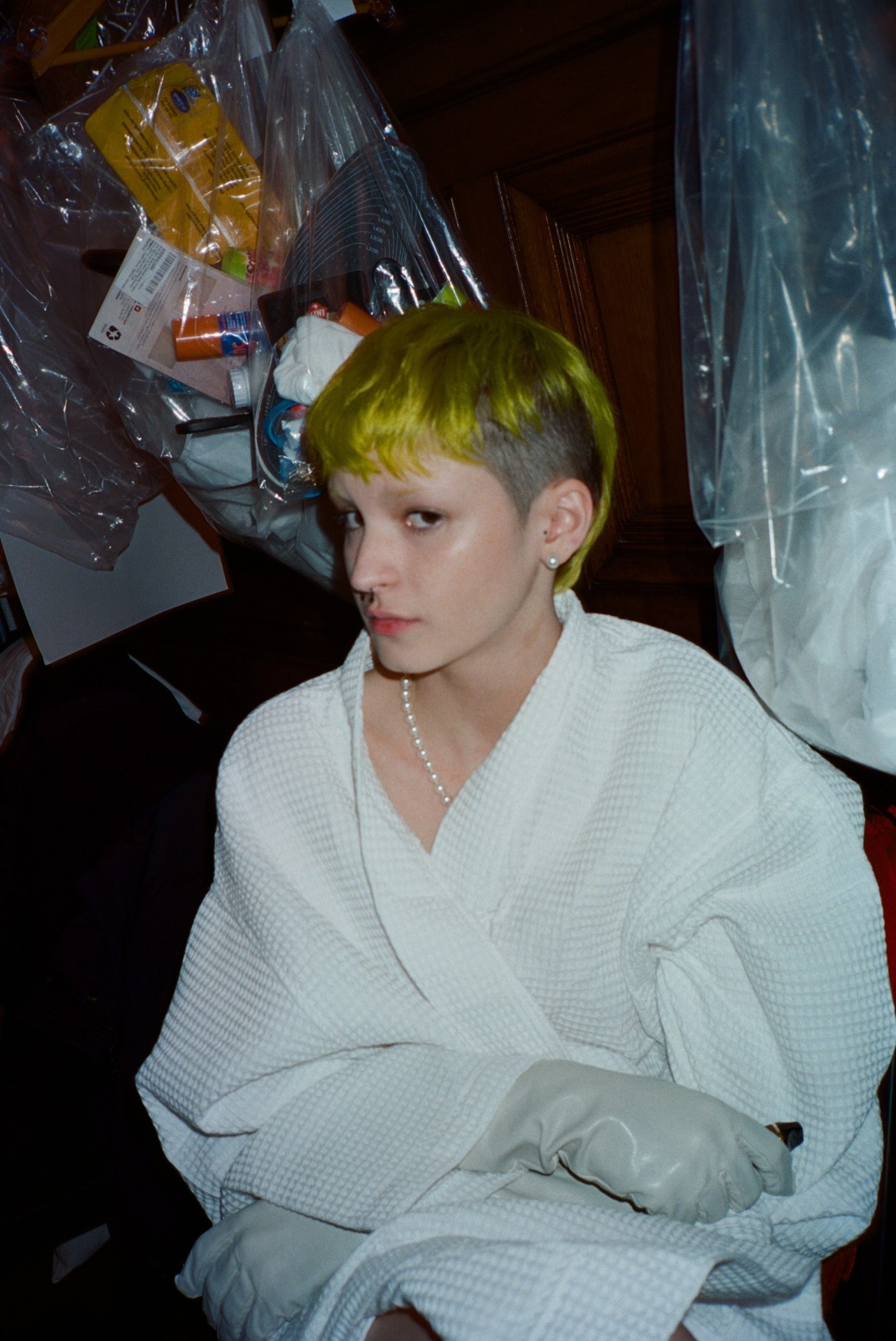
Olivia: Yes! I was reading you use that quote earlier, in an interview you did about ten years ago with WWD. You were talking about female designers, and all the female designers you admired, including Vivienne, and I thought: that’s such a wonderful way of putting it.
Marc: I still think, as I did before, that there’s a lot of really incredible creativity coming from male designers. But I think people like Vionnet, Schiaparelli, Chanel, Vivienne, Miuccia, Rei… There is a lasting contribution that I believe they’ve made to fashion that isn’t just decorative. They all share that, these great female minds who really thought about what they were doing.
Olivia: Besides Vivienne, were there any other heroes you were thinking of when creating this collection?
Marc: Oh my God. Well, so the choice of music was a hero. My absolute number one greatest hero is Philip Glass, and Einstein on the Beach is my favourite opera that he created. And Vivienne, Vivienne’s the hero I called out because I think her death affected me so much in those last couple of months. I have so many fashion heroes, and I always think of that incredible Junya Watanabe show, with all the manipulations of military clothes. I owned every piece of the men’s collection; it’s all I wore while I was still at Vuitton.
Then, there were all these incredible images of another hero, Richard Avedon. We were looking at late 50s, early 60s couture photos. I collected every incredible image of a woman in a stole. The one that really killed me was Maria Callas in a stole that matched her dress. But along with one piece of fabric that could become so many different things, it was also the gestures that came along with stoles. Pearls – there was a painting by Anna Weyant on the moodboard, and I’ve been wearing mine so often. And a painting by Elizabeth Peyton, who’s a hero of mine and who I’ve sat for many times. She did a painting of a girl in a yellow sweater with these crimson raspberry pants, and that was a little bit of our colour discussion, that yellow and the red.
And this sounds silly – or maybe it doesn’t – but I was watching The Crown, and there was a lot of Princess Diana. And every time you’d see her, her arms were crossed in front of her. Then I started looking historically at women with their arms crossed. I think there’s just such a chic attitude about it. And then they started to look like straitjackets. Then I thought, well, that gives me the Seditionaries thing. There were just all these little things; they’re gifts from God, where you get these little messages. When it all adds up, you keep going.

Olivia: How was it to return to the Park Avenue Armory? The last time you were there was for that incredible show with the Karole Armitage choreography…
Marc: That was emotionally a bit tough. The fear of going back to the Armory was that I don’t feel like I have the resources to do a huge production like I once did. The last show I had at the Armory had a cast of 50 dancers, 40 models. I did feel, and I still feel, that I would’ve been very happy if that was the last show we ever did. I felt comfortable with the idea of the library as being the beginning of a new chapter: a demonstration of this new way of working, new circumstances. For me, the symbolic return to the Armory was overwhelming.
Olivia: And on top of that, there’s something weighted about going back to a space you’d only inhabited pre-pandemic.
Marc: It was just daunting. Everything in me just said, once upon a time, we could’ve done this better – and I like that way of thinking. It doesn’t need to be a train going through the middle of the room: I was very happy with our creative choices. But what’s happening now, post-pandemic, is that we start out every season saying the clothes are the show. That’s just what we do. We make the clothes the show. And it’s one thing we don’t need to argue about in the studio.
Olivia: And I love that, because the clothes look fantastic and they merit that. Often, we see giant spectacles to which the clothes are secondary.
Marc: I’m just so impressed by what everyone does, only because I understand how difficult it is to do it. I feel like there’s certain things I can look at through a filter of understanding the situation. I stopped judging – I used to find it really difficult to detach and just see something for what it is and not judge or criticise. Yes, of course there are things I see that I don’t get; things that aren’t my aesthetic or taste. But then there are the things that I covet and want to own. For me, that’s the bar. If I look at a show and I want something, if it’s something that pulls at my heart – whether I need it, whether I’ll use it, then I have to have it. Going back to Vivienne: I didn’t wear the “titty connector” sweater, because I felt too self-conscious at the time. But I had to have it. I’m so glad I have it. Even if it sits in a box and never gets worn, I have it. That to me, is what great fashion does for me. Maybe it comes in the form of an embroidered coat from Prada. It comes from so many different things, and some of them just sit in the closet, but boy, I’m happy to see them when I go to the closet.
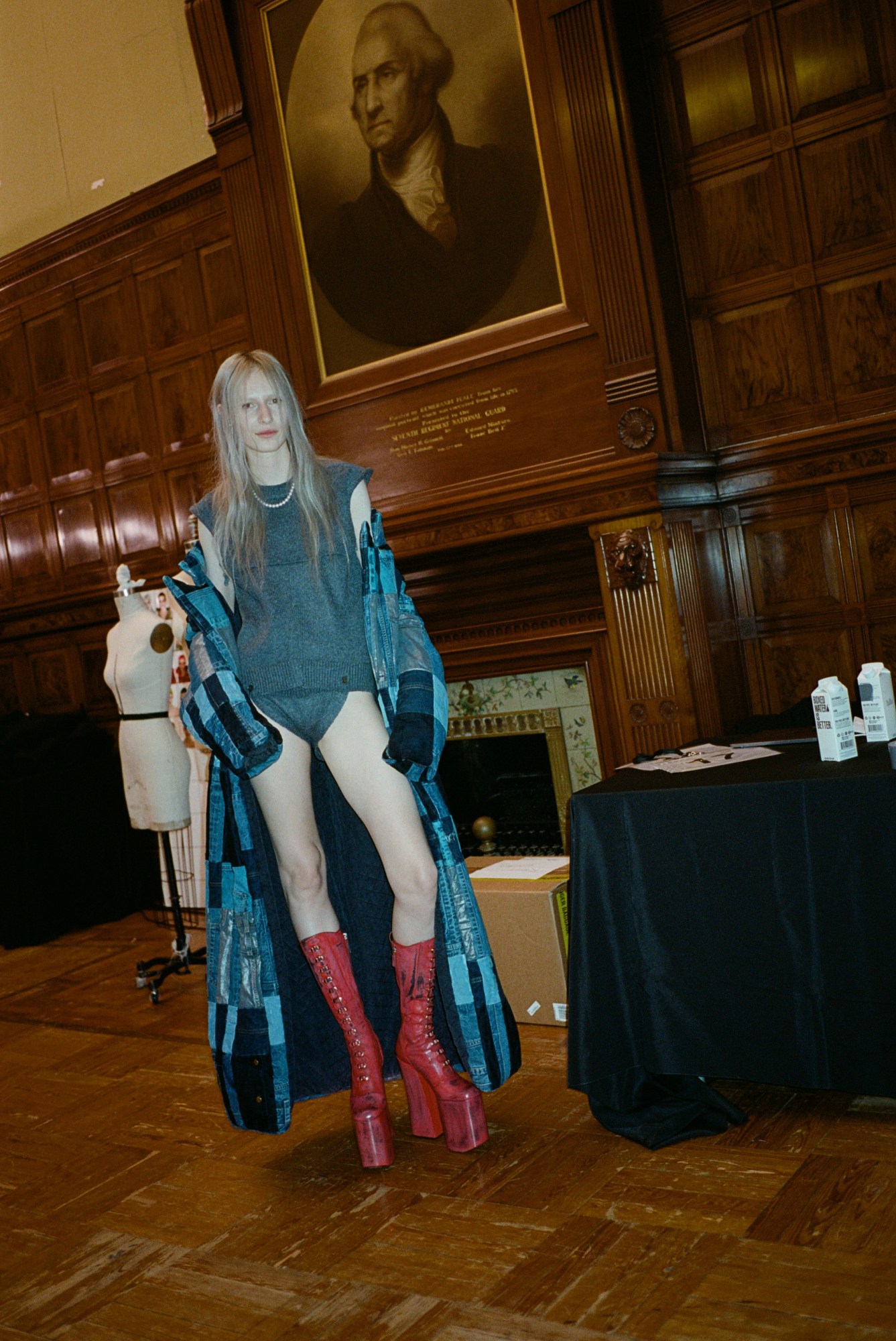
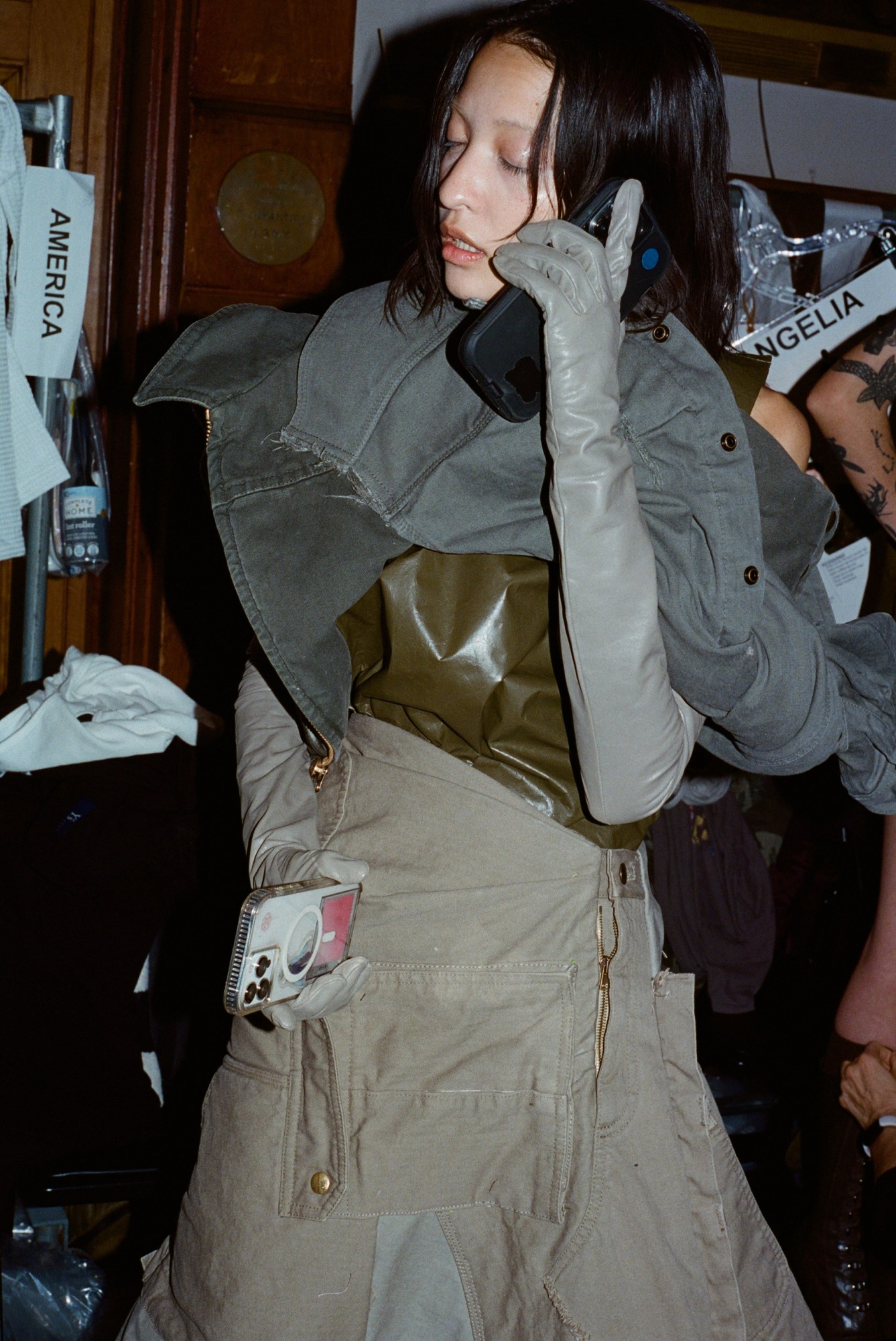
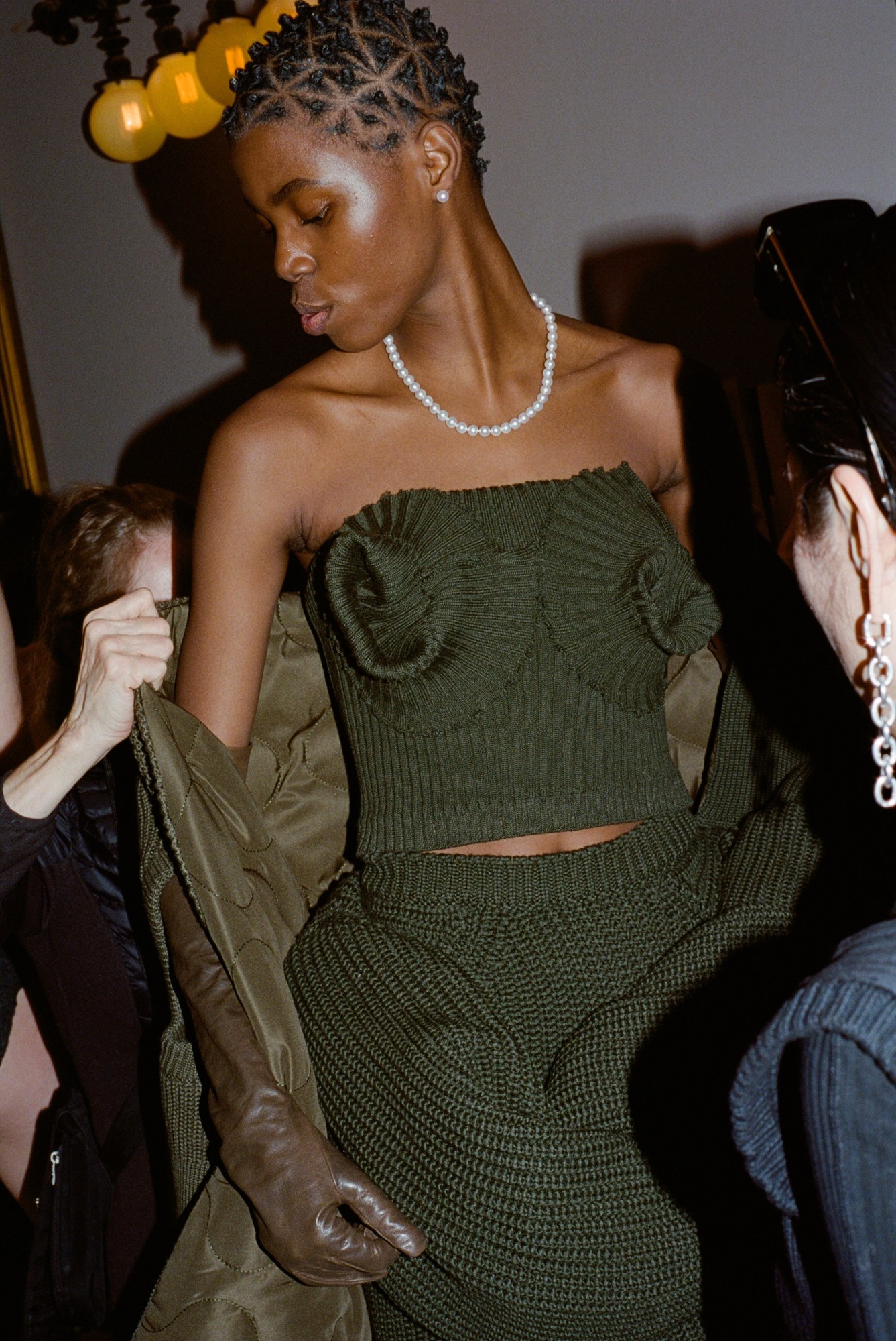
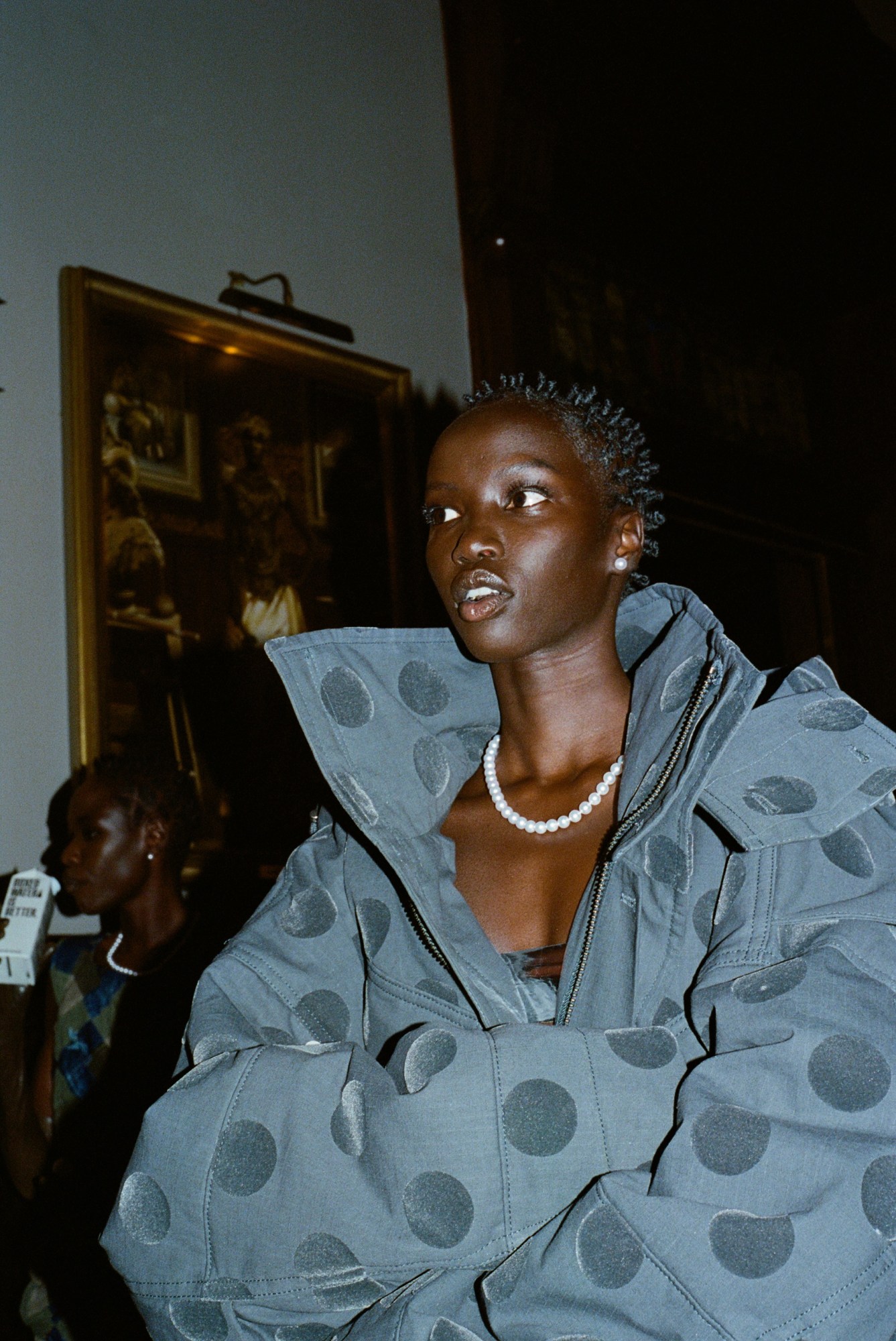
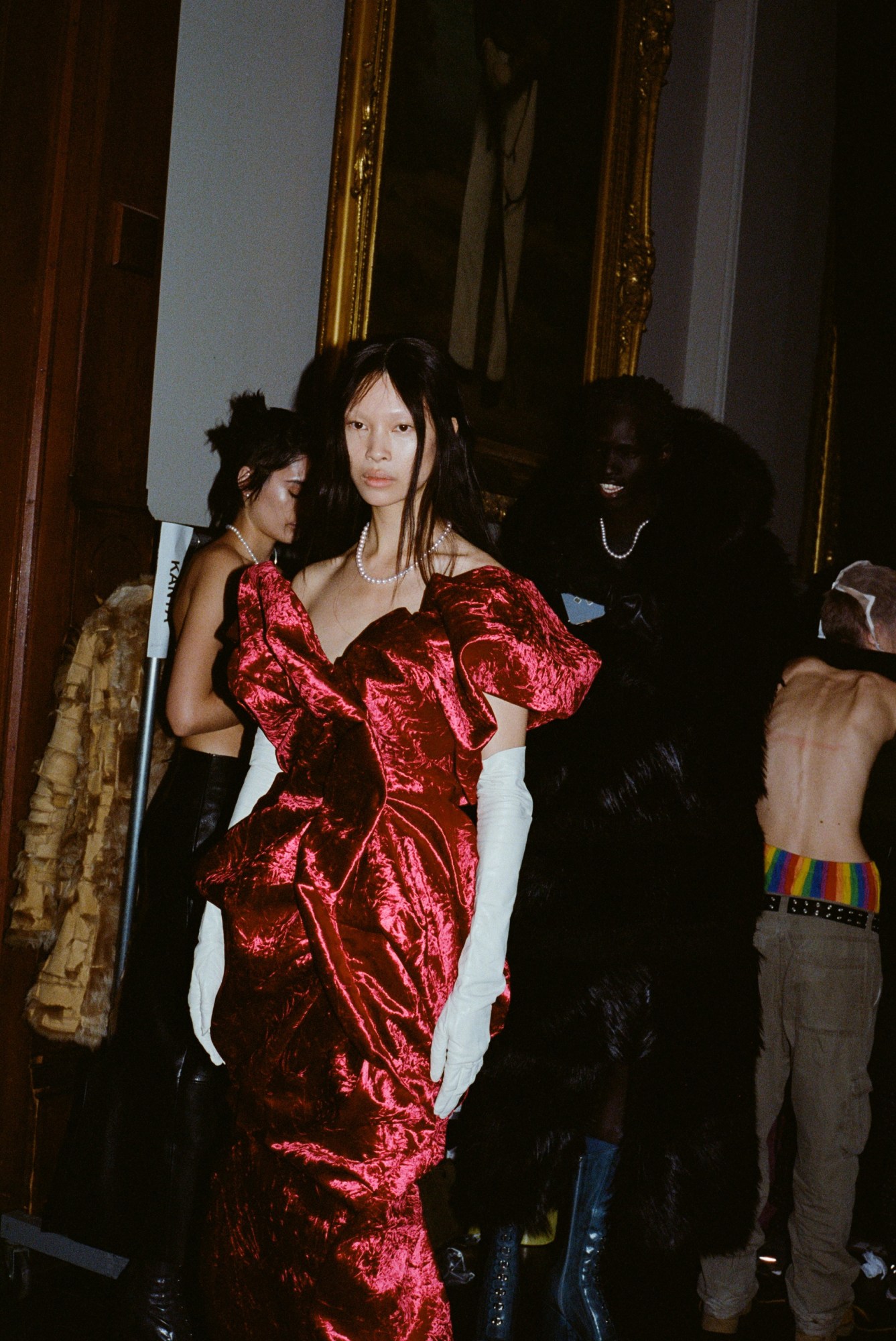
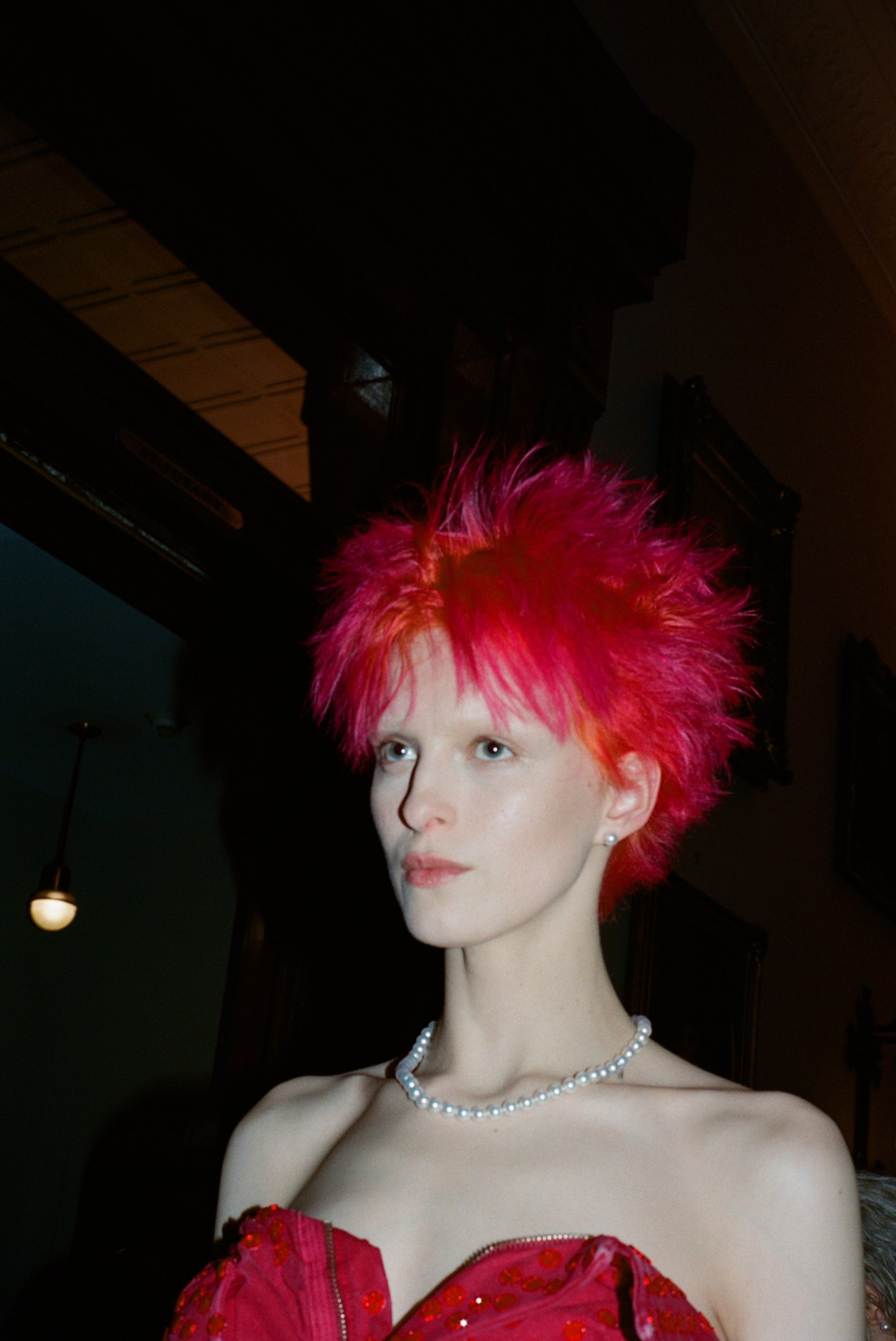
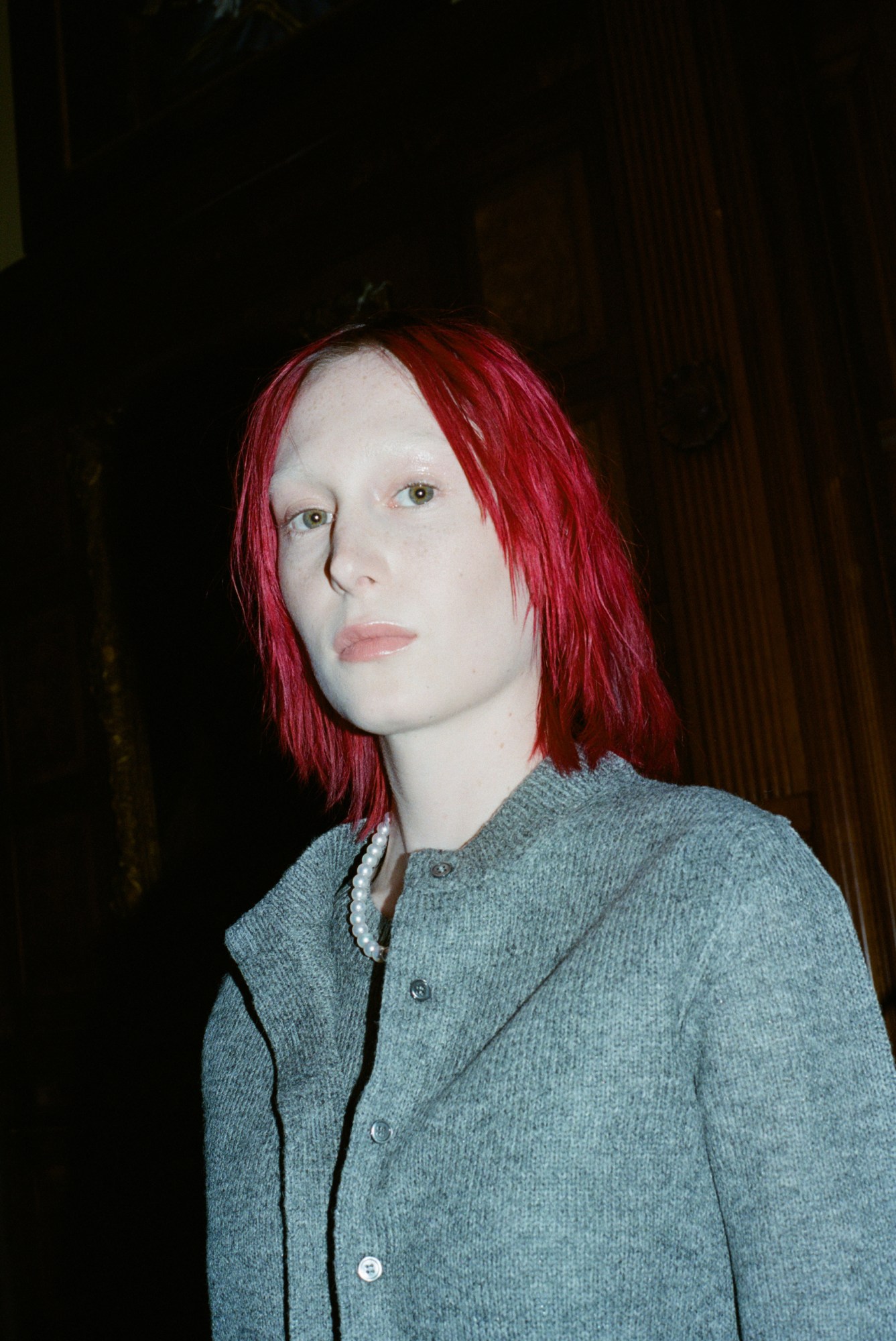
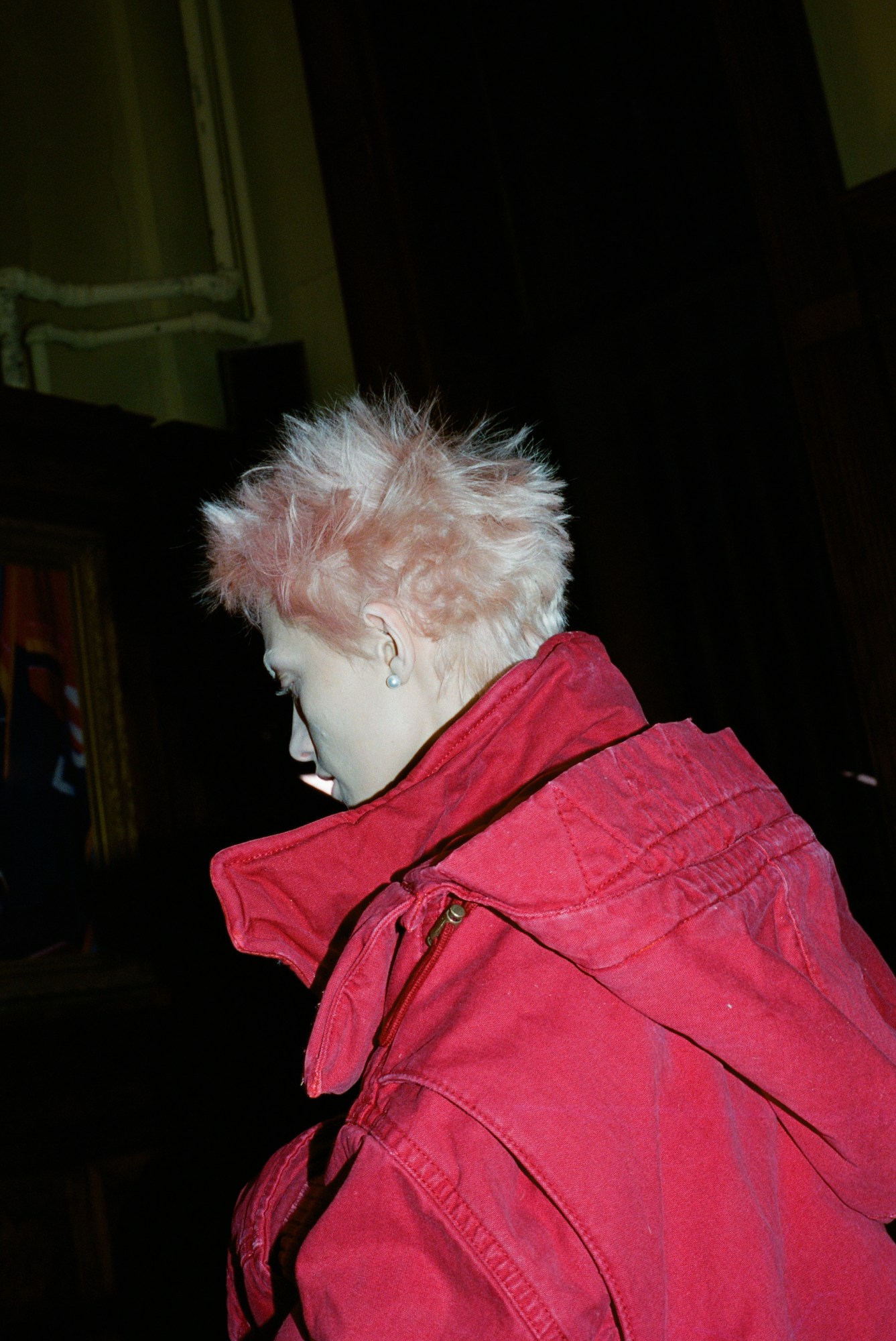
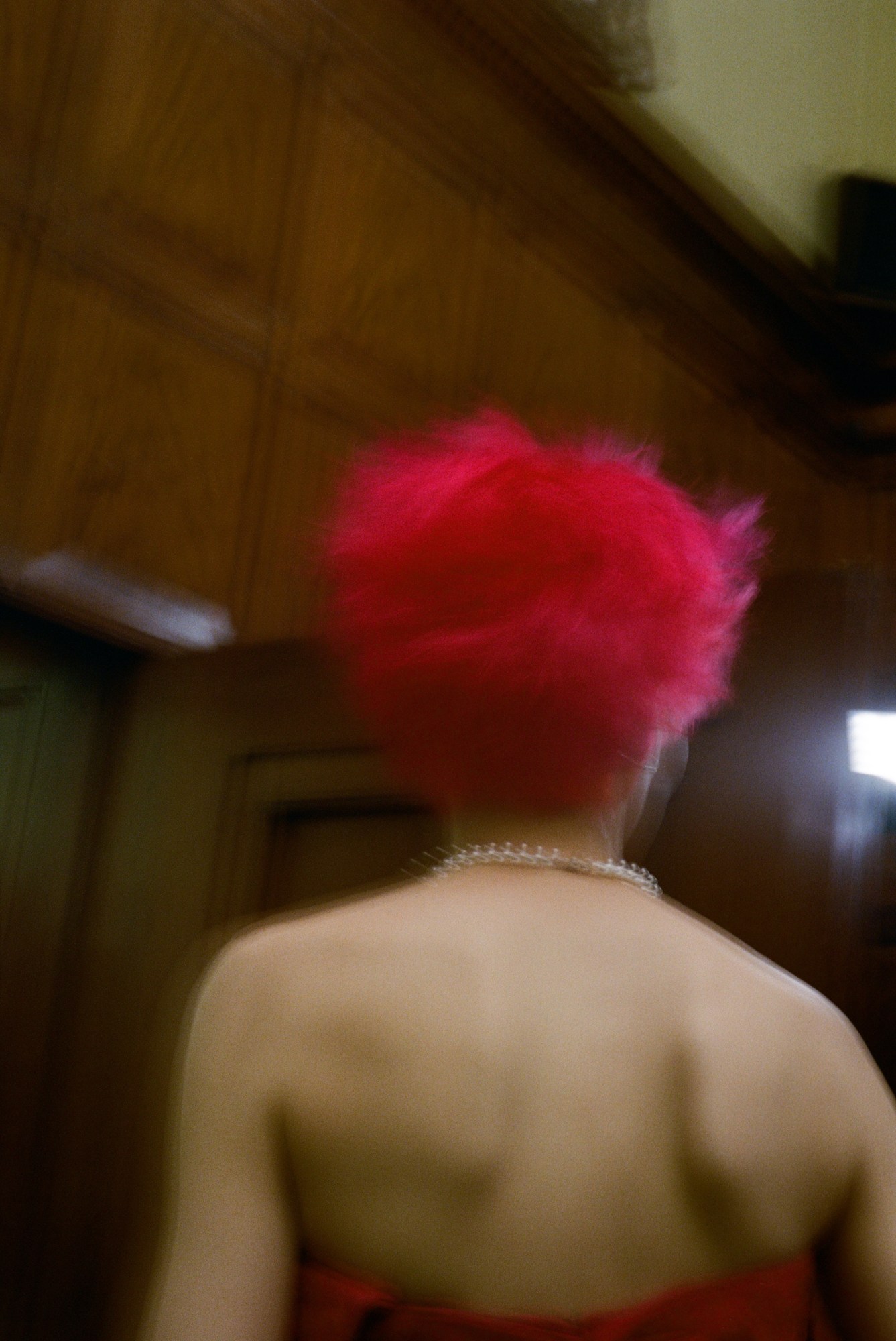
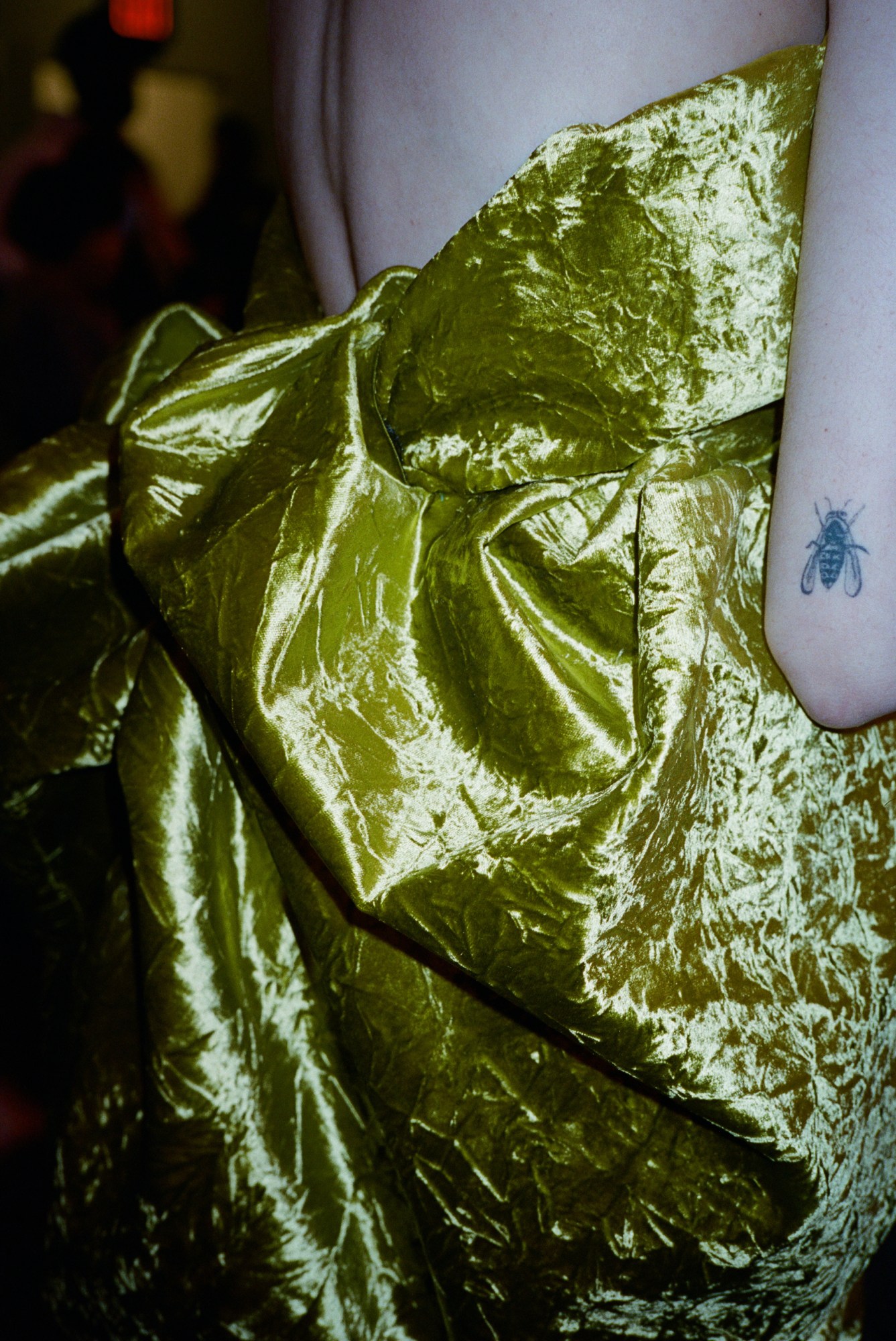
Credits
Photography Mary Manning
